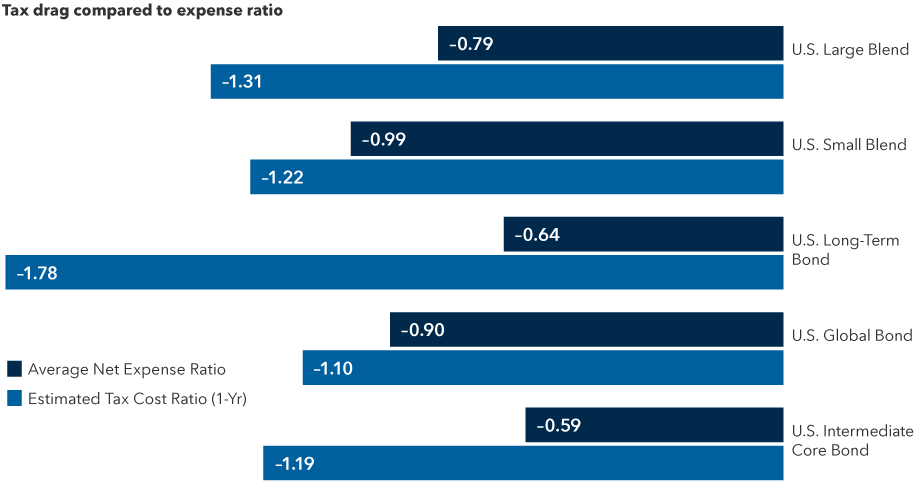There are very few ways to put a positive spin on market volatility and net loss for investors. But one option that may provide some relief is tax loss harvesting — selling one investment at a loss to offset gains on the sale of another, thereby reducing the tax impact. While no replacement for investment performance, harvesting can make losses easier to accept for investors facing, in some cases, tax rates of more than 23% on long-term capital gains and as much as 37% for gains on short-term holdings for those in the highest federal tax bracket.
Taxes can also be a drag on investment performance. Tax loss harvesting offers an opportunity to add efficiency to an investment portfolio, if you replace the investment with one that’s higher quality, has a lower expense ratio or is more tax efficient — or a combination of the three. Indeed, the benefits of tax loss harvesting can be even greater if there is a chance that gains in the future will be taxed at a lower rate than the losses are today.
“The end of the year is always a good time to look back and assess potential tax liability,” says Leslie Geller, senior wealth strategist at Capital Group. “But at any time of year, if you have or are expecting a large capital gain, you might look to an investment portfolio to see if there are losses to harvest to help mitigate them. Tax loss harvesting can be a great strategy if it makes sense in terms of the client’s overall financial picture.”
Geller recommends careful consideration of the strategy before making a move. By selling an asset at a loss, an investor misses out on future potential gains. Furthermore, the timing of loss harvesting can be tricky, and finding quality replacement assets is key. If you are considering tax loss harvesting for your clients, here are a few things to know.





